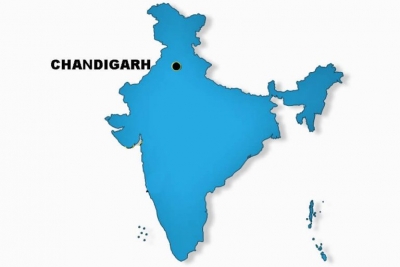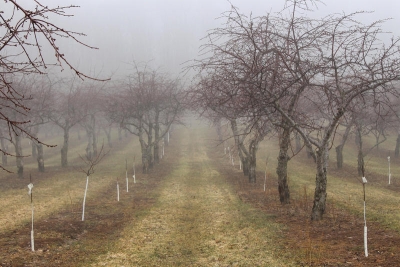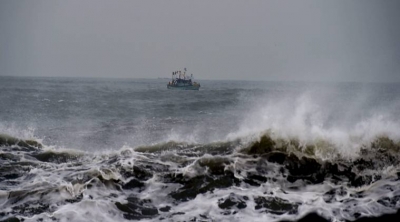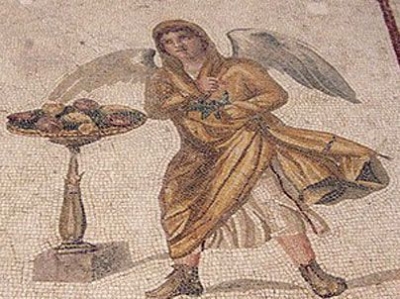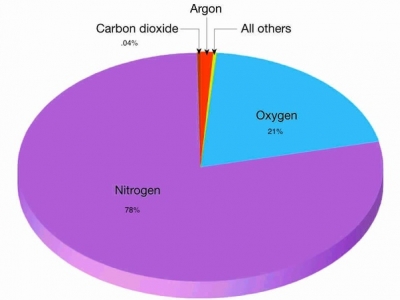
Livestock is farmed chiefly to supply foods such as meat, eggs and milk, but also for leather, fur and wool. Animal by-products may also include glue, gelatin and fertilizer.
The term “livestock” refers to any domesticated, land-living animal that is raised to provide resources like meat, milk, eggs, and feathers, or to provide services like transportation or cultivation assistance. Buffalo, cows, ducks, goats, and horses are just a few examples of animals that fall into this broad category.
Livestock are raised around the globe, both on small scales—generally for subsistence or local trade—and in massive industrial operations supplying international markets. The sheer mass of these animals is hard to fathom: The combined weight of cattle, chickens, and pigs exceeds the weight of all wild animals and humans combined.
22.8 billion Chickens
Chickens are far and away the most numerous type of livestock on the planet. There are about 135 chickens for every cow—and three for every human.
Wild chickens are believed to have originated in northern China, and were eventually domesticated in Southeast Asia more than 5,000 years ago. China remains the world's leading producer of chickens, claiming over 20 percent of the global chicken supply. However, the birds are now raised on every continent except Antarctica, where they are banned. Globally, chicken consumption is on the rise, outpacing the growth in consumption of other meats, like beef or pork. But growing demand for eggs has also contributed to chickens' dominance.
1.5 billion Cattle
Cattle are the second most common livestock animal. Their domestication is thought to have occurred roughly 10,500 years ago, in what is now considered the Middle East.
Today, these animals are especially prevalent in South America, where they're primarily raised for meat, and in India, where the animals are conversely valued for the dairy products they produce. Cows are revered in Hinduism, India's majority religion, and most Indian states have regulation prohibiting, or at least regulating, the slaughter of cattle.
1.2 billion Sheep
Sheep are believed to be one of the first domesticated animals, and are common throughout the Old World. They're especially prevalent in northeastern China, Central Asia, and North Africa, but are also raised intensively in New Zealand and Australia.
Although New Zealand is famous for having more resident sheep than people (with roughly six sheep for every person), it actually ranks third in terms of sheep per capita. Mongolia has a 10:1 ratio of sheep to humans, while the Falkland Islands, a British territory off the eastern coast of Argentina, boast more than 200 sheep per capita.
967 million pigs
The sixth most common livestock animal is the humble pig, which is descended from the significantly more formidable wild boar. Pig production is localized to a few high-intensity areas in China, northern Europe, and the American Midwest. Nearly half of the world's pigs are raised in China alone.
Excluding areas where pork is not customarily consumed—including North Africa, the Middle East, and other predominately Muslim regions—pig production is on the rise.
From 1960 to 2010, the number of pigs on the planet grew by 250 percent, while the size of individual pigs nearly doubled. This growth is attributed to increased demand for animal protein in the regions where pigs are already consumed.

